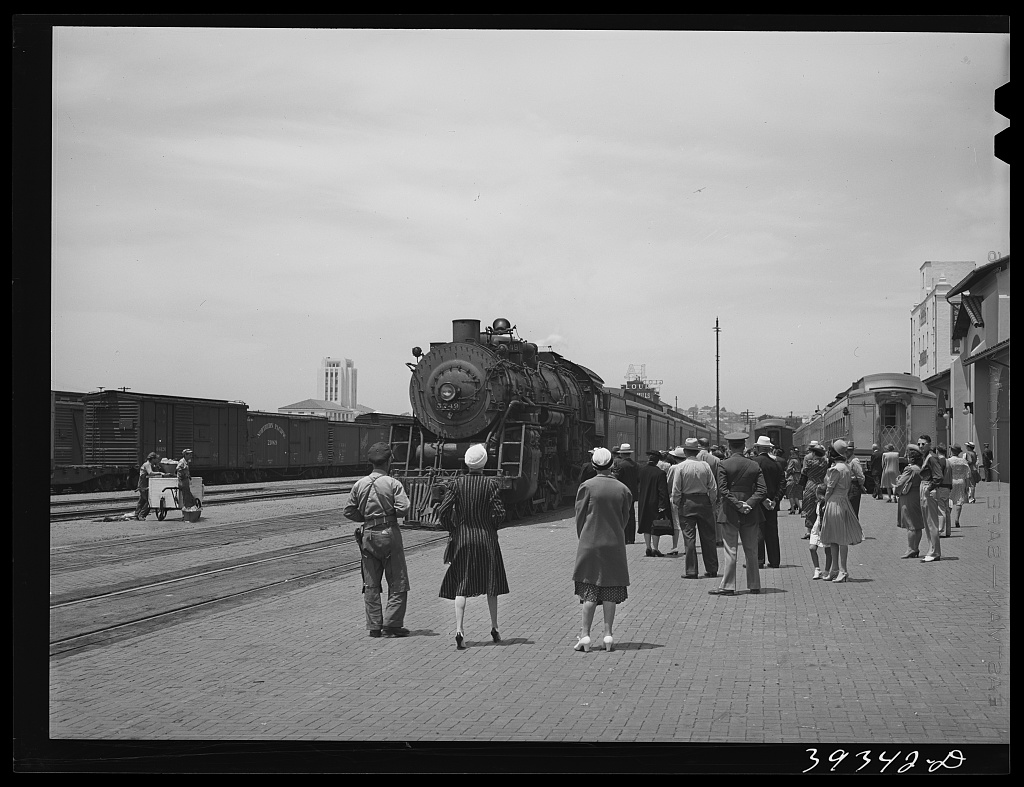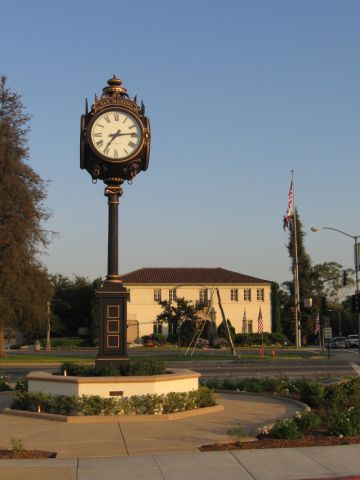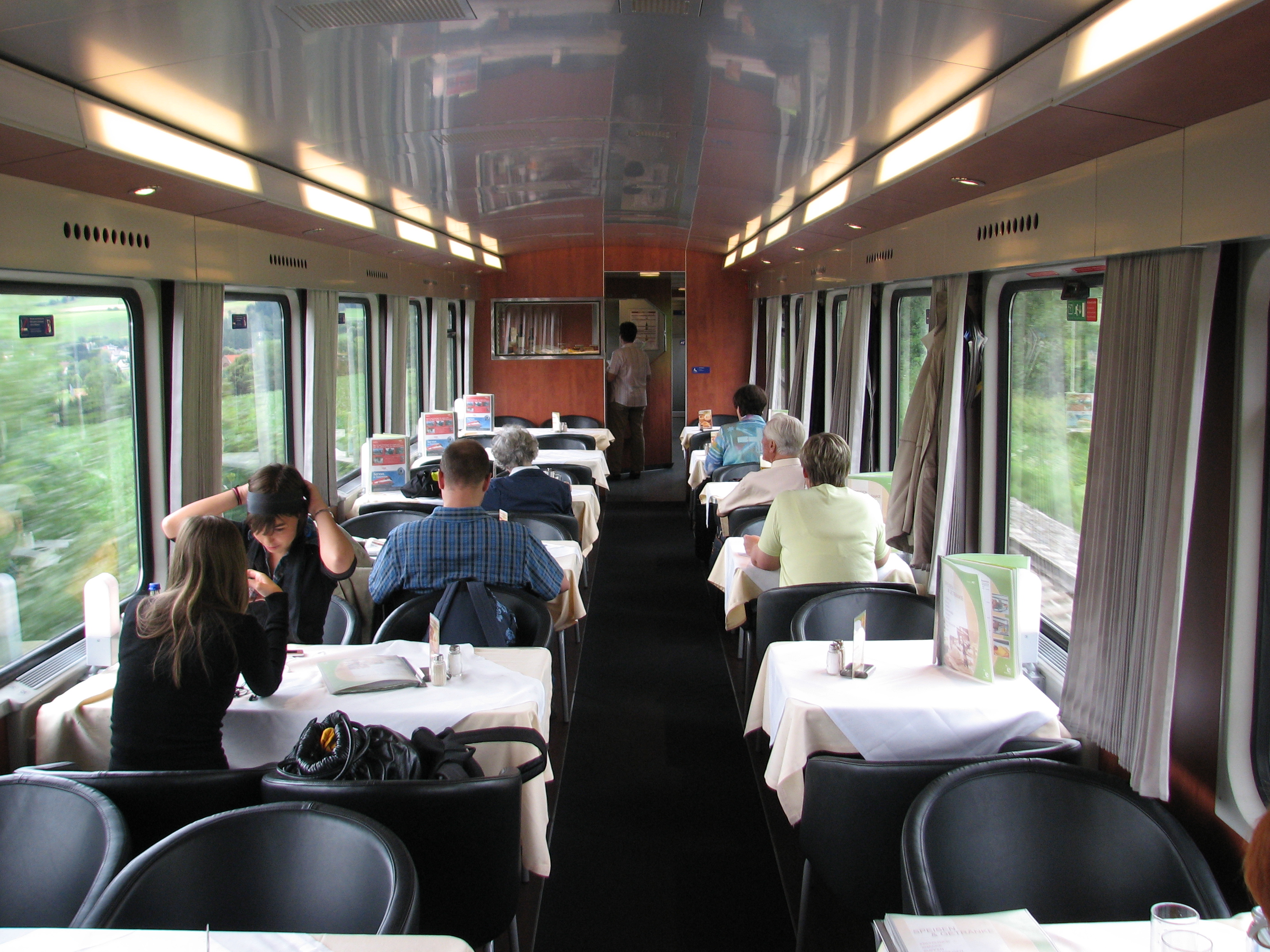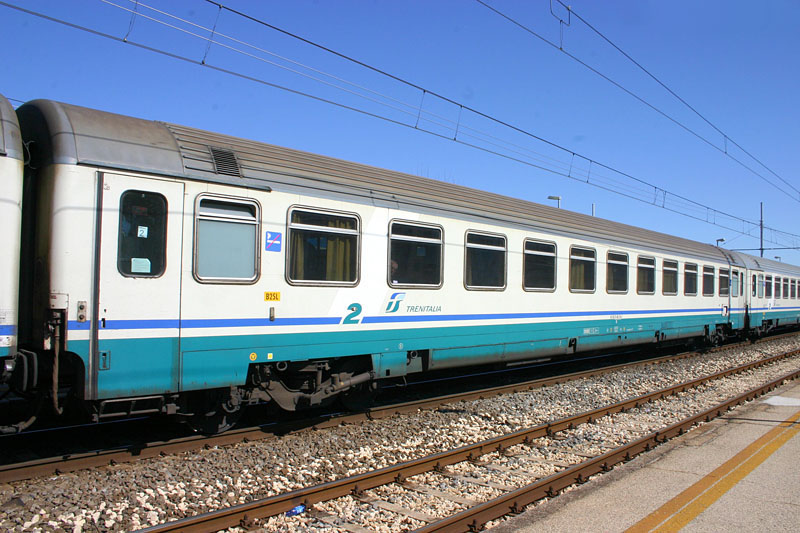|
Valley Flyer
The ''Valley Flyer'' was a short-lived named passenger train of the Atchison, Topeka and Santa Fe Railway. The all-heavyweight, "semi-streamlined" train ran between Bakersfield and Oakland, California (through California's San Joaquin Valley, hence the name) during the 1939–1940 Golden Gate International Exposition on Treasure Island in San Francisco Bay. Motive power was two Baldwin-built 1300 class 4-6-2 "Pacific" locomotives refurbished and decorated for the train. It was the Santa Fe's first attempt at streamlining older steam power. The locomotives had metal skirting along the sides, painted aluminum (as were the nose and smokestack) with red and yellow stripes, these being outlined by black pinstripes; the tenders were similarly decorated. A yellow "Circle and Cross" emblem backed by red "wings" was emblazoned across the front of the locomotive above the pilot deck, and on each side of the tender, which also featured a red "wing." The air-conditioned rolling s ... [...More Info...] [...Related Items...] OR: [Wikipedia] [Google] [Baidu] |
Inter-city Rail
Inter-city rail services are express passenger train services that run services that connect cities over longer distances than commuter or regional trains. There is no precise definition of inter-city rail; its meaning may vary from country to country. Most broadly, it can include any rail services that are neither short-distance commuter rail trains within one city area, nor slow regional rail trains calling at all stations and covering local journeys only. Most typically, an inter-city train is an express train with limited stops and comfortable carriages to serve long-distance travel. Inter-city rail sometimes provides international services. This is most prevalent in Europe, due to the close proximity of its 50 countries in a 10,180,000 square kilometre (3,930,000 sq mi) area. Eurostar and EuroCity are examples of this. In many European countries the word "InterCity" or "Inter-City" is an official brand name for a network of regular-interval, relatively long-distance ... [...More Info...] [...Related Items...] OR: [Wikipedia] [Google] [Baidu] |
Section (rail Transport)
In rail transport, a section could refer to: a portion of a train that may be operated independently and/or combined with other sections to operate as a single unit; or a portion of railway line designated for signalling or maintenance; or an interior portion of a sleeping car made up of two double seats during daytime that convert to two double berths during nighttime. Trains could be split into multiple sections for reasons including: an abundance of freight or passengers requiring the use of a second train to cover a route; two or more routes with a common start point but multiple destinations on separate lines. Where multiple trains are used on the same route to convey an excess of freight or passengers, the trains will be defined as "first section," "second section," "third section," etc. to differentiate the vehicles for dispatching. Although it was not always the case that the first section travelled first, this naming and travel sequence was generally followed by convention ... [...More Info...] [...Related Items...] OR: [Wikipedia] [Google] [Baidu] |
San Marino, CA
San Marino is a residential city in Los Angeles County, California, United States. It was incorporated on April 25, 1913. At the 2010 census the population was 13,147. The city is one of the wealthiest places in the nation in terms of household income. By extension, with a median home price of $2,699,098, San Marino is one of the most expensive and exclusive neighborhoods in the Los Angeles area. History Origin of name The city takes its name from the ancient Republic of San Marino, founded by Saint Marinus who fled his home in Dalmatia (modern Croatia) at the time of the Diocletianic Persecution of Christians. Marinus took refuge at Monte Titano on the Italian peninsula, where he built a chapel and founded a monastic community in 301 A.D. The state which grew from the monastery is the world's oldest surviving republic. The seal of the City of San Marino, California is modeled on that of the republic, depicting the Three Towers of San Marino each capped with a bronze plume, ... [...More Info...] [...Related Items...] OR: [Wikipedia] [Google] [Baidu] |
Golden West Books
Golden West Books is a privately owned American publishing company specializing in American Railroads. Donald Duke founded the company in 1960, and wrote some of its titles. Its headquarters are in San Marino, California. The company's titles cover steam locomotives, diesel locomotives, logging railroads, mining railways, funiculars, the caboose, electric interurbans, Inter-city rail and histories of the Santa Fe Railroad. Model railroad Railway modelling (UK, Australia, New Zealand, and Ireland) or model railroading (US and Canada) is a hobby in which rail transport systems are modelled at a reduced scale. The scale models include locomotives, rolling stock, streetcars, t ...-oriented hobby retail shops sell some of Golden West's books. References External links * Donald Duke Obituary ''Los Angeles Times'', October 10, 2010. Rail transport publishing companies Companies based in Los Angeles County, California Book publishing companies based in California ... [...More Info...] [...Related Items...] OR: [Wikipedia] [Google] [Baidu] |
Coach (rail)
A passenger railroad car or passenger car (United States), also called a passenger carriage, passenger coach (United Kingdom and International Union of Railways), or passenger bogie (India) is a railroad car that is designed to carry passengers. The term ''passenger car'' can also be associated with a sleeping car, a baggage car, a dining car, railway post office and prisoner transport cars. The first passenger cars were built in the early 1800s with the advent of the first railroads, and were small and little more than converted freight cars. Early passenger cars were constructed from wood; in the 1900s construction shifted to steel and later aluminum for improved strength. Passenger cars have increased greatly in size from their earliest versions, with modern bi-level passenger cars capable of carrying over 100 passengers. Amenities for passengers have also improved over time, with developments such as lighting, heating, and air conditioning added for improved passenge ... [...More Info...] [...Related Items...] OR: [Wikipedia] [Google] [Baidu] |
Dining Car
A dining car (American English) or a restaurant car (British English), also a diner, is a railroad passenger car that serves meals in the manner of a full-service, sit-down restaurant. It is distinct from other railroad food service cars that do not duplicate the full-service restaurant experience, such as buffet cars, cars in which one purchases food from a walk-up counter to be consumed either within the car or elsewhere in the train. Grill cars, in which customers sit on stools at a counter and purchase and consume food cooked on a grill behind the counter are generally considered to be an "intermediate" type of dining car. History United States Before dining cars in passenger trains were common in the United States, a rail passenger's option for meal service in transit was to patronize one of the roadhouses often located near the railroad's "water stops". Fare typically consisted of rancid meat, cold beans, and old coffee. Such poor conditions discouraged many from makin ... [...More Info...] [...Related Items...] OR: [Wikipedia] [Google] [Baidu] |
Fred Harvey Company
The Fred Harvey Company was the owner of the Harvey House chain of restaurants, hotels and other hospitality industry businesses alongside railroads in the Western United States. It was founded in 1876 by Fred Harvey to cater to the growing number of train passengers. When Harvey died in 1901, his family inherited 45 restaurants and 20 dining cars in 12 states. During World War II, Harvey Houses opened again to serve soldiers as they traveled in troop trains across the U.S. By 1968, when it was sold to Amfac, Inc. (now Xanterra Parks and Resorts, as of 2002), the Fred Harvey Company was the sixth largest food retailer in the United States. It left behind a lasting legacy of good food, dedication to customers, decent treatment of employees, and preservation of local traditions.Fried, Stephen. ''Appetite for America: how visionary businessman Fred Harvey built a railroad hospitality empire''. New York: Bantam Books, 2010. History The company traces its origins to the 187 ... [...More Info...] [...Related Items...] OR: [Wikipedia] [Google] [Baidu] |
Lounge Car
A lounge car (sometimes referred to as a buffet lounge, buffet car, club car or grill car) is a type of passenger car on a train, in which riders can purchase food and drinks. The car may feature large windows and comfortable seating to create a relaxing diversion from standard coach or dining options. In earlier times (and especially on the "name" trains), a lounge car was more likely to have a small kitchen, or grill and a limited menu. Food was prepared to order and often cooked, though items such as club sandwiches would have usually been part of the offerings. The cars were often operated by the Pullman Company, and in other cases by the railroad directly as part of the dining car department (on the Atchison, Topeka and Santa Fe Railway the Fred Harvey Company operated the food concession). Lounge cars operated by Pullman were exclusively for the use of sleeping car passengers, while those operated by the railroad were available to coach as well as first-class travelers. Buff ... [...More Info...] [...Related Items...] OR: [Wikipedia] [Google] [Baidu] |
Baggage Car
A passenger railroad car or passenger car (United States), also called a passenger carriage, passenger coach (United Kingdom and International Union of Railways), or passenger bogie (India) is a railroad car that is designed to carry passengers. The term ''passenger car'' can also be associated with a sleeping car, a baggage car, a dining car, railway post office and prisoner transport cars. The first passenger cars were built in the early 1800s with the advent of the first railroads, and were small and little more than converted freight cars. Early passenger cars were constructed from wood; in the 1900s construction shifted to steel and later aluminum for improved strength. Passenger cars have increased greatly in size from their earliest versions, with modern bi-level passenger cars capable of carrying over 100 passengers. Amenities for passengers have also improved over time, with developments such as lighting, heating, and air conditioning added for improved passenge ... [...More Info...] [...Related Items...] OR: [Wikipedia] [Google] [Baidu] |
Combine Car
A combine car in North American parlance, most often referred to simply as a combine, is a type of railroad car which combines sections for both passengers and freight. Most often, it was used on short lines to carry passengers and their luggage, as a full car would not have been cost effective. One half (or less) of the car is built like a baggage car while the other half of the car is a regular passenger car. This type of combine is referred to as a ''coach-baggage''. Another common type of combine in railroad use was the ''coach- RPO''. A portion of this type of car was configured as a railway post office while the rest of the car was configured as a coach. The New York, New Haven & Hartford railroad operated a combine separated into an RPO and a smoking section. In 1893, Pullman produced a combine with a baggage area, buffet, barber shop, bathroom with tub and a smoking section featuring a fireplace. When Amtrak took over in 1971, lightweight combines were used on most ro ... [...More Info...] [...Related Items...] OR: [Wikipedia] [Google] [Baidu] |
AT&SF 1337 Class
The Atchison, Topeka and Santa Fe Railway , often referred to as the Santa Fe or AT&SF, was one of the larger railroads in the United States. The railroad was chartered in February 1859 to serve the cities of Atchison and Topeka, Kansas, and Santa Fe, New Mexico. The railroad reached the Kansas–Colorado border in 1873 and Pueblo, Colorado, in 1876. To create a demand for its services, the railroad set up real estate offices and sold farmland from the land grants that it was awarded by Congress. Despite being chartered to serve the city, the railroad chose to bypass Santa Fe, due to the engineering challenges of the mountainous terrain. Eventually a branch line from Lamy, New Mexico, brought the Santa Fe railroad to its namesake city. The Santa Fe was a pioneer in intermodal freight transport; at various times, it operated an airline, the short-lived Santa Fe Skyway, and the fleet of Santa Fe Railroad Tugboats. Its bus line extended passenger transportation to areas not acce ... [...More Info...] [...Related Items...] OR: [Wikipedia] [Google] [Baidu] |
San Diego, California
San Diego ( , ; ) is a city on the Pacific Ocean coast of Southern California located immediately adjacent to the Mexico–United States border. With a 2020 population of 1,386,932, it is the eighth most populous city in the United States and the seat of San Diego County, the fifth most populous county in the United States, with 3,338,330 estimated residents as of 2019. The city is known for its mild year-round climate, natural deep-water harbor, extensive beaches and parks, long association with the United States Navy, and recent emergence as a healthcare and biotechnology development center. San Diego is the second largest city in the state of California, after Los Angeles. Historically home to the Kumeyaay people, San Diego is frequently referred to as the "Birthplace of California", as it was the first site visited and settled by Europeans on what is now the U.S. west coast. Upon landing in San Diego Bay in 1542, Juan Rodríguez Cabrillo claimed the area for Spain, ... [...More Info...] [...Related Items...] OR: [Wikipedia] [Google] [Baidu] |








.jpg)